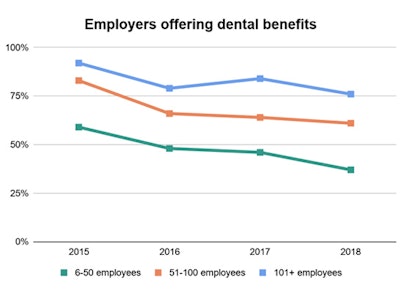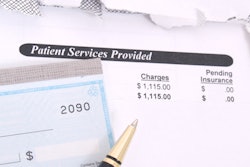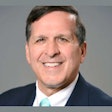
Dental benefits aren't as affordable as they used to be, according to new data presented in a National Association of Dental Plans (NADP) webinar on April 25. In recent years, employers have begun shifting the cost of dental insurance and premiums to employees, making dental care increasingly unaffordable for working Americans.
This trend is occurring despite a rise in the number of people with dental insurance, thanks in part to an increase in publicly funded insurance programs. Industry experts worry that without affordable dental insurance, U.S. adults could skip preventive care.
"Employers have been shifting more of the cost to the workforce," said Gene Lanzoni, assistant vice president of group and worksite marketing at Guardian Life Insurance Company of America. "It's going to continue to alter consumer behavior, including when they choose to skip services, including preventive care."
Shifting the cost of dental care
While more adults have dental benefits, fewer people are using these benefits, noted Jerry Berggren, MBA, director of research and information for NADP. During the webinar, Berggren pointed to ADA Health Policy Institute data showing a gradual decline in the percentage of adults age 19 to 64 with a recent dental visit. In 2014, only 36% of adults had visited the dentist in the past 12 months, down from 40% a decade prior.
"The number of consumers who are working-age adults who are visiting the dentist within the past year has been declining for some time," Berggren said.
One reason for the steady decline may be that fewer employers are offering dental benefits. In 2015, 92% of companies with 101 or more employees offered dental benefits, according to NADP data. By 2018, only 76% offered dental benefits.

In addition, employees who do have dental benefits are paying more of their insurance premiums. In 2010, only 10% of employees paid their entire dental premium. That percentage spiked to 28% by 2018.
Passing premium costs to employees reminded Lanzoni of the shift to high-deductible medical plans. When employers converted to these plans, employees began forgoing care that was not absolutely necessary, he noted. If working-age adults continue to shoulder high out-of-pocket costs for dental care, they may wait until problems are more serious.
"Will this trend eventually have a negative impact?" Lanzoni asked. "Time will tell, but given the correlation between medical and dental, it seems that if these trends continue, it will have a negative effect on oral health, overall health, and overall medical costs."
Importance of a dental home
Cost and lack of insurance are barriers to dental care, but they're not the only factors keeping U.S. adults from visiting the dentist. One of the most cited reasons for not visiting the dentist is "no need for care," which could stem from a lack of oral health education.
“If these trends continue, it will have a negative effect on oral health, overall health, and overall medical costs.”
"Cost may be No. 1, but in second or third are 'I don't have pain' and 'I don't have time to go to the dentist,' " Lanzoni said. "When you add those responses up, it actually surpasses cost."
One way to address these concerns is to emphasize the importance of oral health and preventive care. For instance, the majority of respondents to an NADP survey did not know oral health is linked to diabetes, coronary artery disease, high blood pressure, and oral cancer.
"Most consumers define good oral health as no dental pain and good teeth," Lanzoni said. "It's evidence of a real lack of consumer understanding of preventive dental care."
The dental profession needs to continue advocating and educating about the importance of oral health and its role in overall wellness, even and especially among current patients. The data show that once someone has a dental home and a relationship with a dental provider, they're more likely to continue getting dental care.
"When a person has a longstanding relationship with a dental provider, the likelihood they're going to get their annual or semiannual checkup completed is much higher," Berggren said. "Of course, those with dental benefits are more likely to have that relationship with a dentist or a dental practice."



















